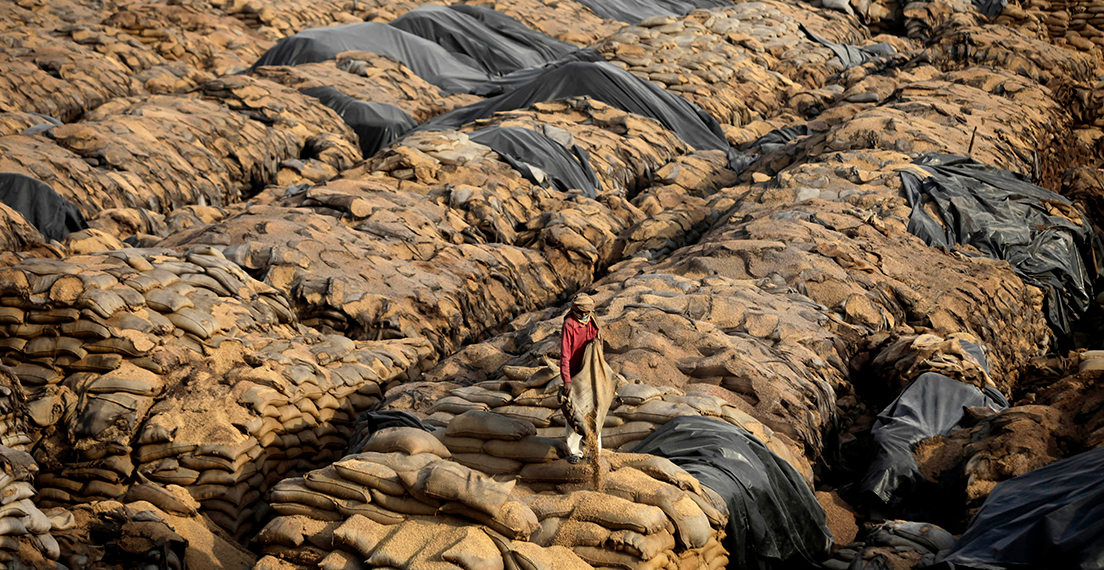India Invokes WTO “Peace Clause” with Implications for Global Wheat Trade
By Shelbi Knisley, USW Director of Trade Policy
India has invoked the “peace clause” on its domestic agricultural support limits for rice, by notifying the World Trade Organization (WTO) that it has breached its support limits. By claiming its subsidies are part of its public stocks program for food security, invoking the “peace clause” cannot be challenged under the WTO. This is concerning to U.S. producers as many of the same subsidy programs that caused India to exceed its limits on rice are also applied to wheat, which have been shown to distort trade.
The “peace clause” was accepted at the Bali Ministerial in 2013, where WTO members agreed temporarily to not challenge a developing country’s domestic support programs that exceed their agreed-to limits, if the support was in the form of stocks for food security purposes. There are other conditions that must be met, including that the programs must not distort trade.
With all due respect to India’s right to help feed its large impoverished population, it is hard to believe a country that is the largest exporter (making up a quarter of global exports) of rice can claim the “peace clause” for the purpose of food security. India implements minimum support prices (MSP) and input subsidies for many of its crops (including wheat), far exceeding its allowable limits for trade distorting domestic support policies. Policies such as these tend to be some of the most trade distorting programs because they directly encourage additional production. As a result of these hefty subsidy programs, Indian rice and wheat production increases and at times leads to larger stocks and increased exports.
India also has schemes with its wheat subsidies that affect the global wheat market. India is the second largest producer of wheat and, in general, is not considered a large participant in global wheat trade. India has used these market distorting policies to increase wheat production and accumulate stocks overtime.
Based on historical trends, once India’s wheat stocks exceed 20.0 million metric tons (MMT), they become burdensome. Then India struggles with storage capacity and will dump them on the international market at prices assumed to be subsidized by the Government of India (GOI). At such times, India becomes a significant wheat exporter, averaging around 4.0 MMT during the period of exports.
Currently India’s wheat stocks are forecast at a near record 24.0 MMT for 2019/20 (USDA-FAS PS&D), therefore it is expected India will soon need to push those excess wheat supplies onto the market at discounted prices, especially as production is forecast to be the highest on record.
While India should be commended for trying to meet its WTO notification obligations, unfortunately the GOI still uses methodological tricks to disguise its true support levels. With these tricks, India tries to claim a negative support level for wheat production. But as the Office of the U.S. Trade Representative (USTR) demonstrated in a 2018 counter notification, wheat and rice support levels have been out of compliance at levels well beyond what India now admits, leading to over production of these commodities and burdensome stocks.
Those excess stocks have significant implications for U.S. wheat producers. A 2015 study conducted by Iowa State found that India’s wheat subsidies cost U.S. wheat farmers $358 million in lost revenue. As India’s programs continue to grow and distort the global market, USW will continue working to raise awareness of their effects to help ensure fairness in global trade for wheat producers everywhere.



